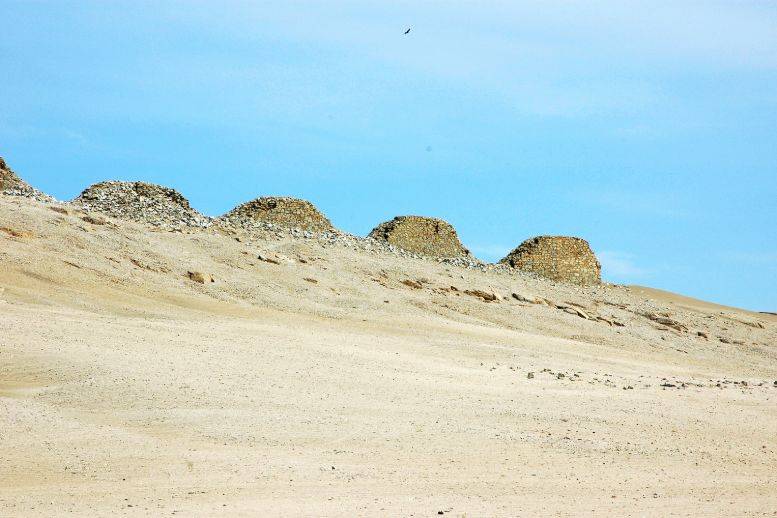The Chankillo Archaeoastronomical Complex is a prehistoric site located in the coastal desert of Peru. Dating back to the 4th century BC, it is one of the oldest known astronomical observatories in the Americas. The complex consists of a fort, towers, and an artificial mound, all of which are thought to have been used for astronomical observations. The 13 towers along the ridge of a hill form a toothed horizon that spans the annual rising and setting arcs of the sun, providing a solar calendar to mark dates with an accuracy of 1-2 days.
Ancient Civilizations
All Ancient Civilizations, Cultures and People
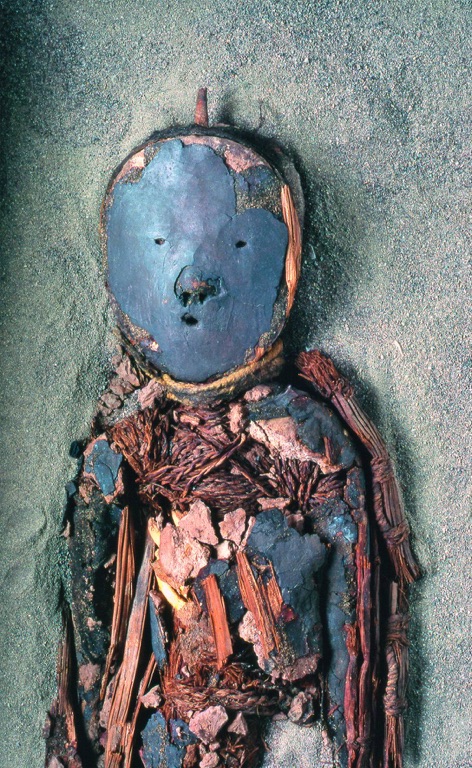
The Chinchorro Mummies
The Chinchorro Mummies are the oldest examples of artificially mummified human remains, predating the mummies of Egypt by thousands of years. Found in the arid regions of northern Chile and southern Peru, these mummies were created by the Chinchorro people, a prehistoric fishing culture.
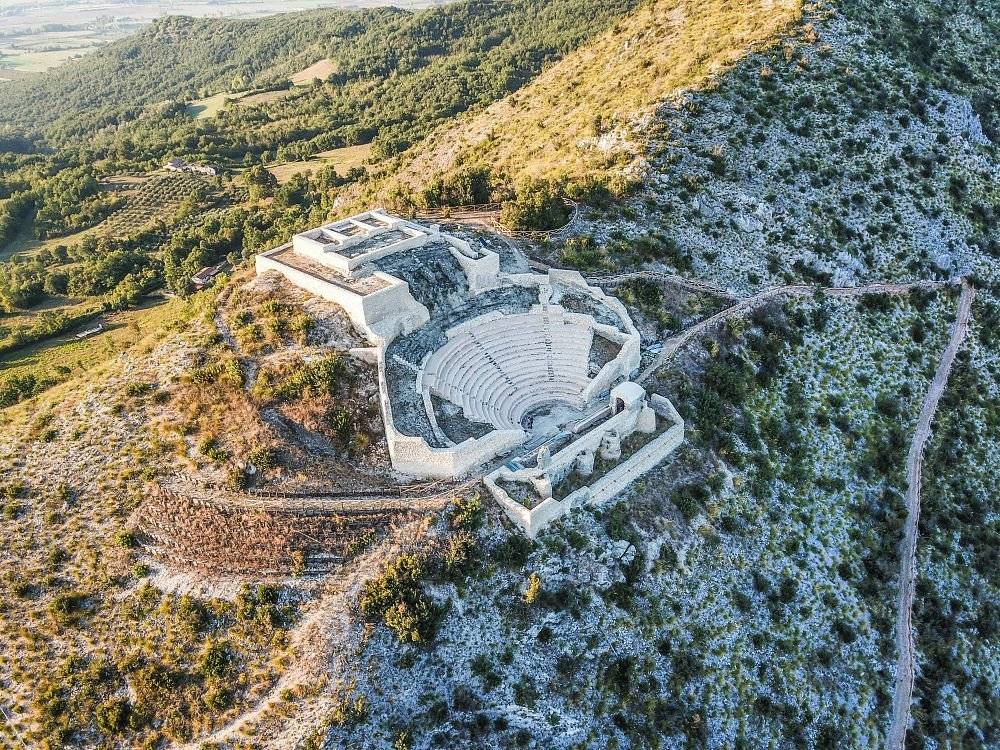
The Teatro Tempio di Pietravairano
The Teatro Tempio di Pietravairano, a historical gem nestled in the heart of Italy, is a testament to the grandeur of ancient Roman architecture. Dating back to the 1st century AD, this Roman theatre-turned-temple stands as a remarkable symbol of cultural fusion and architectural prowess. Over the centuries, it has witnessed the ebb and flow of empires, bearing silent testimony to the shifting sands of time.
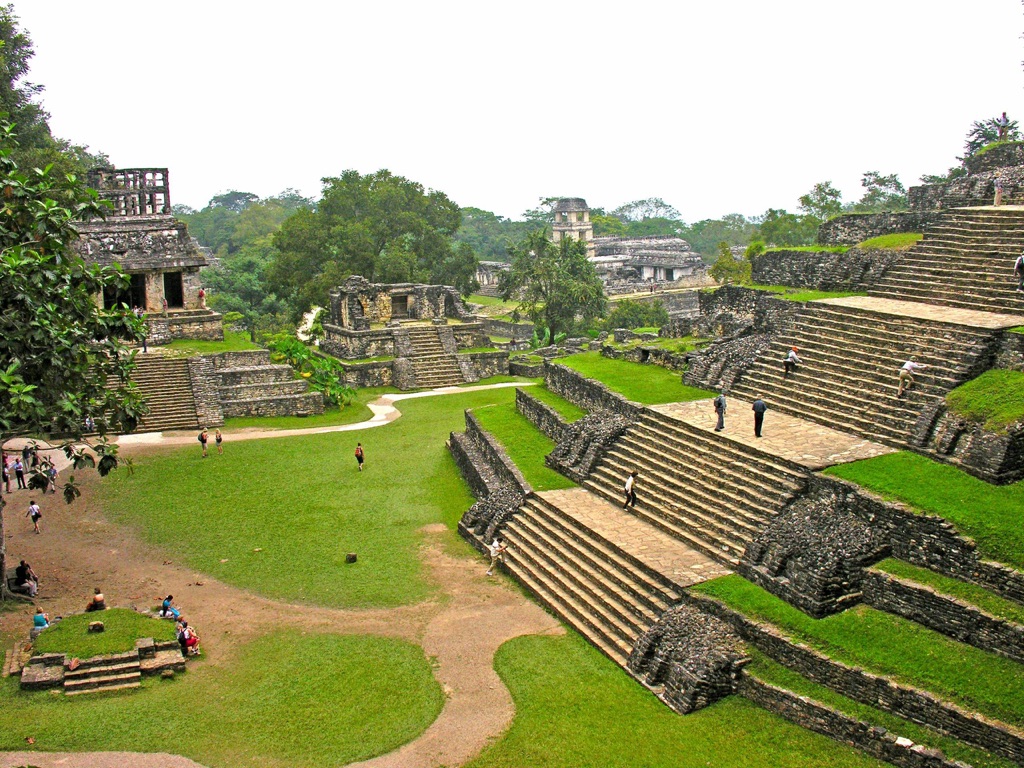
Palenque
Palenque, a city rich in history and culture, is nestled in the lush jungles of Chiapas, Mexico. Once a thriving Mayan city-state, it now stands as an archaeological site, its ruins whispering tales of a bygone era. From the 3rd century BC to the late 8th century AD, Palenque was a significant political and cultural hub. Today, it offers a glimpse into the intricate world of the Mayans, with its beautifully preserved temples, palaces, and inscriptions.
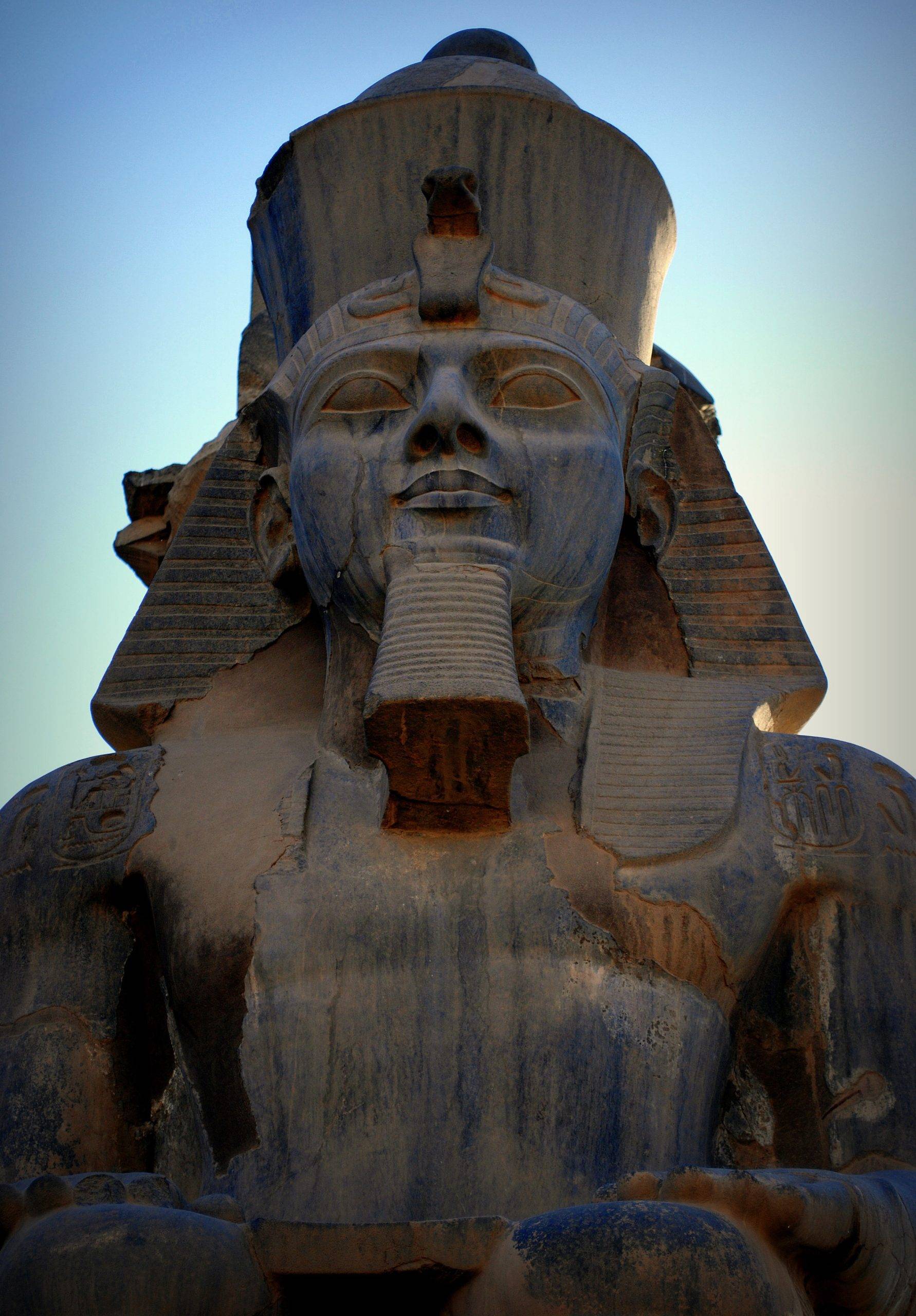
Interesting facts about Ancient Egyptian Pharaohs
The Pharaohs of Ancient Egypt, known for their divine status and immense power, ruled over one of the most fascinating civilizations in history. From the establishment of the first dynastic rule around 3100 BC to the end of the Ptolemaic Dynasty in 30 BC, these rulers left an indelible mark on history. The Pharaohs, both male and female, constructed monumental structures, led military expeditions, and shaped the culture and religion of their time. Their reigns varied in length, with some ruling for decades while others for just a few years.
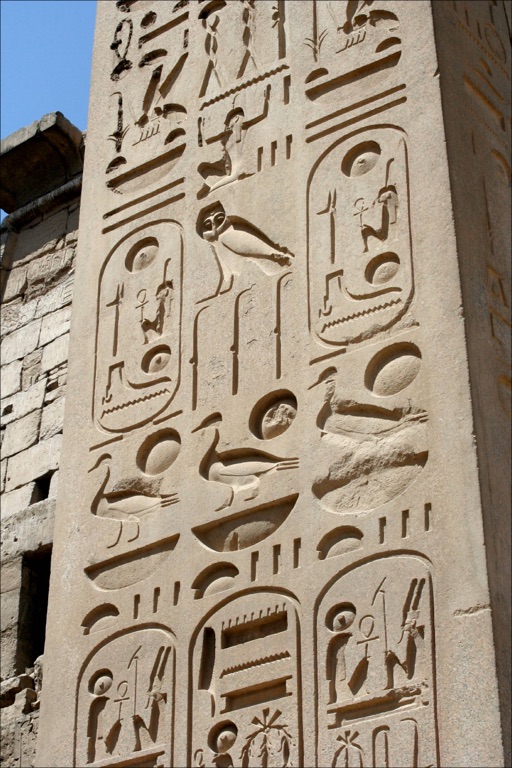
The Ancient Egyptian Culture
The Ancient Egyptian culture, one of the most fascinating and complex civilizations in history, thrived for over three millennia, from around 3100 BC to 332 BC. Known for their architectural marvels like the pyramids and the Sphinx, the Egyptians also made significant contributions to various fields such as art, language, and science. Their religion, a complex polytheistic system, deeply influenced their society, politics, and personal lives. The harsh desert environment shaped their lifestyle and belief systems, while trade opened them to foreign influences and wealth. Their unique practices, like mummification, offer intriguing insights into their views on death and the afterlife.

